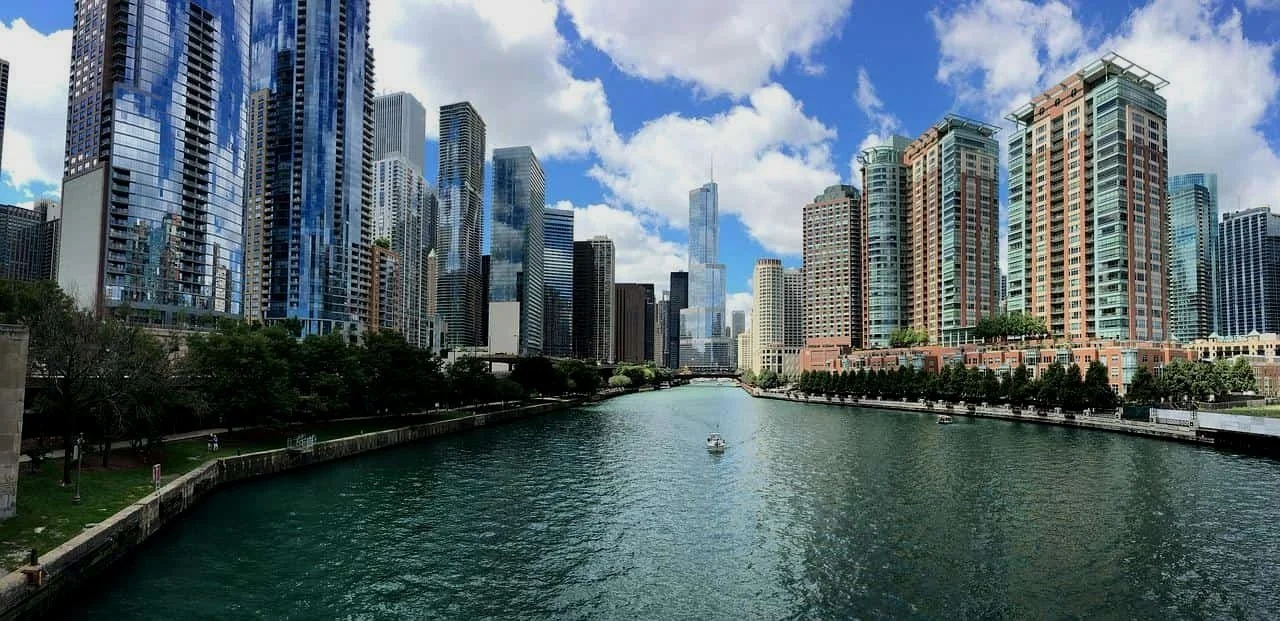GLA: Gross Leasable Area Explanation, Definition, and Examples
GLA, or gross leasable area, or GLA, is the part of a commercial or multifamily building that is designated for use by the tenant alone. For multifamily buildings, this would include shared areas, such as apartment hallways, pools, rec centers, and building lobbies or leasing offices. For retail and office spaces, this might include basements, upper floors, but would typically exclude maintenance areas or public restrooms.
GLA vs. GFA (Gross Floor Area), Gross Internal Area (GIA), and Net Floor Area (NFA)
GLA is only one of the several ways that investors, developers, and other pros (such as architects and contractors) can calculate the floor area of a commercial building. Other floor area calculations include:
GIA, Gross Internal Area is another metric that commercial real estate professionals use to calculate the floor area of a building during the leasing or sales process. GIA typically incorporates all the areas measured by the gross leasable area but adds maintenance areas, ducts, machinery rooms, pumps, and public toilets.
GFA, or gross floor area, is a similar metric that describes the square footage of the building out into the external walls. Gross floor area also typically includes outside walkways, terraces, and roofs. GLA, in contrast, only takes into account internal walls, and even then, not those shared with other tenants.
Gross floor area is important since it is often what commercial real estate brokers use to advertise a property. However, it is not an accurate measurement of the areas solely intended for tenant use, so this should be kept in mind.
If a building has only one tenant, the GLA and the GFA will be nearly the same, at least for the internal parts of the structure.
NFA, or net floor area is a metric that calculates the area that can solely be used by a specific tenant in a building, not all the tenants at large. Like GLA, NIA excludes exterior walls, outdoor terraces, and public restrooms. However, NIA also excludes shared areas like mezzanines, lobbies, and staircases.
How to Use GLA to Calculate Gross Potential Rents
Rent per square foot (PFS) is one of the most common ways to compare commercial lease prices. Therefore, investors and developers can use GLA to calculate another metric, GPR, or gross potential rent. For example, a 15,000 sq. ft. building in a market with $20/sq. ft. leasing prices would generate a GPR of $300,000 per year. Gross potential rent is simply a measure of income, so this doesn’t count a landlord’s expenses such as a commercial mortgage. It also assumes 100% occupancy, which is generally unrealistic.
Therefore, smart investors should avoid using GPR as their only property income metric and should also consult a building’s T12 (trailing twelve months) and rent roll (a list of all present leases and rental income) to get a clearer idea of the situation. They may also wish to perform their own comparisons to local buildings to see what occupancy and rent per square foot is reasonable. Investors may also want to hire a broker to conduct a BOV/BPO (broker opinion of value/broker price opinion) with a focus on rental income in order to see if their calculations match up.
Who Sets the Standards for GLA?
BOMA, the Building Owners and Managers Association, is an international building organization that sets standards for building measurement. On their website, they list specific guides for multifamily, office, retail, mixed-use, and other property types. It may be a good idea to check the most recently updated standards guide before attempting to conduct your own GLA assessment.

